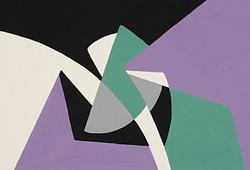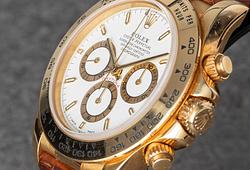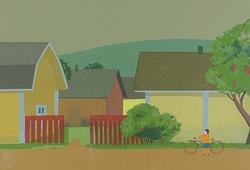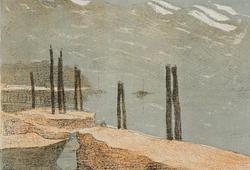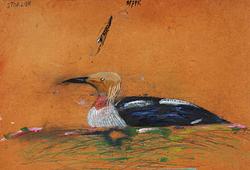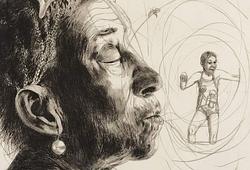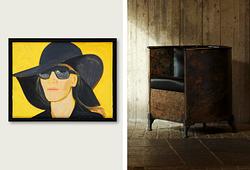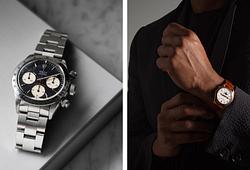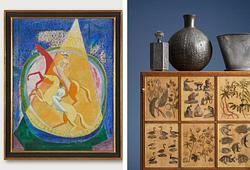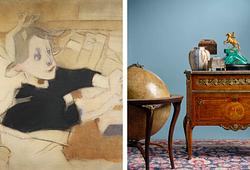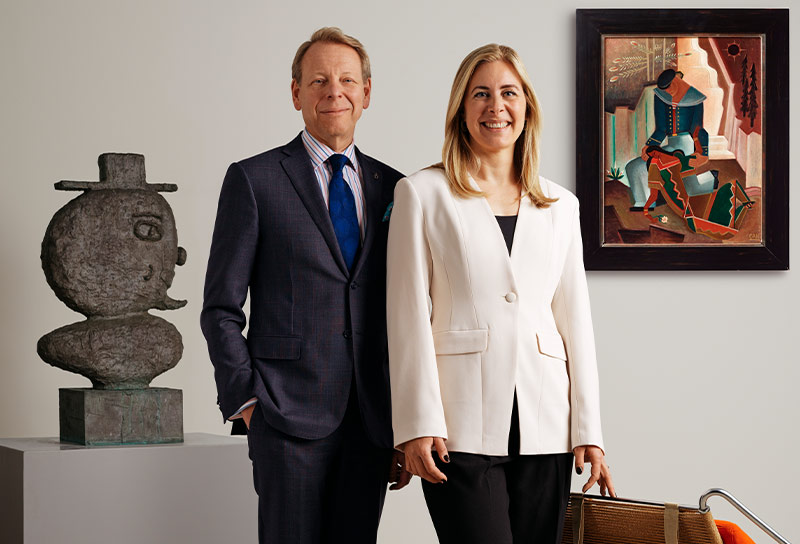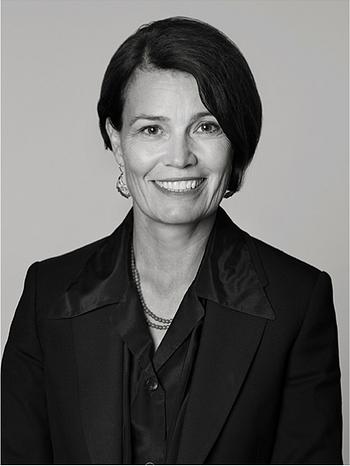Henry Moore
"Seated figure"
Signed Moore. Executed in 1949. Bronze edition 7 + 1. Green patinated bronze, height 23 cm. Henry Moore Foundation, cat. no. LH 272 cast d.
Tuontiarvonlisävero
Tuontiarvonlisävero (12%) tullaan veloittamaan tämän esineen vasarahinnasta. Lisätietoja saat soittamalla Ruotsin asiakaspalvelumme numeroon +46 8-614 08 00.
Alkuperä - Provenienssi
Arild Wahlström Collection, Norway. Thence by descent within the family.
Kirjallisuus
Henry Moore Complete Sculpture Volume 2 1949-1954, edited by Alan Bowness, 1986, no. 272, p. 26.
Muut tiedot
Henry Moore (1898–1986) was one of the most influential sculptors of the 20th century, known for his abstract, organic forms that often drew inspiration from nature and the human body. He was influenced by African and Pre-Columbian art, as well as by contemporary artists such as Pablo Picasso and Alberto Giacometti. At the same time, Moore developed his own visual language by working with materials such as marble and bronze, giving his works a sense of weight and physical presence. Despite the often simple and stylized forms, Moore’s sculptures carried a strong emotional charge, with a particular focus on capturing the human body language and the subtle details that express inner feelings, without relying on realistic depiction.
Moore's visual language is characterized by biomorphic shapes that hover between figuration and abstraction. He was the son of a coal miner in Yorkshire and had his first retrospective exhibition abroad at the Museum of Modern Art in New York in 1946, where he quickly became an international sensation. In 1948, he represented the United Kingdom at the Venice Biennale and won the international sculpture prize. Today, his sculptures are found in public parks and squares around the world, as well as in collections at Tate, the Guggenheim Museum, the Hammer Museum, the Stedelijk Museum, and the Art Gallery of Ontario, among others.




